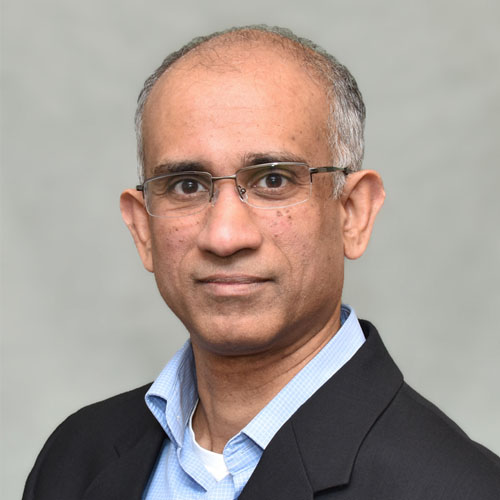-
- Find Care
-
- Visitor Information
- Find a Location
- Shuttles
- Visitor Policies
-
-
- Our Virtual Care Options
- Virtual Urgent Care
- Virtual Visits for Primary & Specialty Care
- Online Second Opinions
- Participate in Research
-
- Contact us
-
- For Innovators
- Commercialization Guide for Innovators
-
-
- Research News
- Alzheimer's Disease
- Artificial Intelligence
-
- Overview
-
- Overview
- Getting Started
- New to Mass General Brigham
- International Patient Services
- What Is Patient Gateway?
- Planning Your Visit
- Find a Doctor (opens link in new tab)
- Appointments
- Patient Resources
- Health & Wellness
- Flu, COVID-19, & RSV
- Billing & Insurance
- Financial Assistance
- Medicare and MassHealth ACOs
- Participate in Research
- Educational Resources
- Visitor Information
- Find a Location
- Shuttles
- Visitor Policies
- Find Care
-
- Overview
- Our Virtual Care Options
- Virtual Urgent Care
- Virtual Visits for Primary & Specialty Care
- Online Second Opinions
-
- Overview
- Participate in Research
-
- Overview
- About Innovation
- About
- Team
- News
- For Industry
- Venture Capital and Investments
- World Medical Innovation Forum (opens link in new tab)
- Featured Licensing Opportunities
- For Innovators
- Commercialization Guide for Innovators
- Contact us
-
- Overview
- Information for Researchers
- Compliance Office
- Research Cores
- Clinical Trials
- Advisory Services
- Featured Research
- Two Centuries of Breakthroughs
- Advances in Motion (opens link in new tab)
- Brigham on a Mission (opens link in new tab)
- Gene and Cell Therapy Institute
- Research News
- Alzheimer's Disease
- Artificial Intelligence
-
- Overview
-
- Overview
- Residency & fellowship programs
- Brigham and Women's Hospital
- Massachusetts General Hospital
- Mass Eye and Ear
- Newton-Wellesley Hospital
- Salem Hospital
- Integrated Mass General Brigham Programs
- Centers of Expertise
- Global & Community Health
- Health Policy & Management
- Healthcare Quality & Patient Safey
- Medical Education
- For trainees
- Prospective trainees
- Incoming trainees
- Current trainees
- Continuing Professional Development
Using Fluorescence Lifetime Imaging to Distinguish Tumors from Normal Tissue
Anand T. N. Kumar, PhD, director of the Mike Toth Head and Neck Cancer Research Center at Mass Eye and Ear, and formerly of the Athinoula A. Martinos Center for Biomedical Imaging at Massachusetts General Hospital, is using fluorescence lifetime (FLT) imaging to distinguish tumor cells from normal tissue during surgery of various cancers including head and neck cancer, brain cancer, breast cancer, bone and soft tissue cancer, and liver cancer.
What problem is this solving in cancer care?
Dr. Kumar: Removing a patient’s tumor while sparing healthy tissue requires exquisite precision, but often surgeons must rely on their eyes and hands to determine where to cut. This process can cause physicians to inadvertently leave cancer behind, leading to recurrence of the cancer and repeat surgeries. Often, surgeons need to remove more tissue than needed to ensure complete tumor removal, drastically changing a patient's normal function and appearance, especially in the case of head and neck, breast, and brain surgery.
My team and I applied a new technology known as fluorescence lifetime (FLT) imaging to help surgeons better distinguish between cancerous and healthy tissue during operations. We tested this technology using specimens from more than 60 patients who underwent surgery for various cancers. We found that FLT imaging was over 97% accurate in identifying cancer cells across tumor types. This means FLT imaging can improve the accuracy of cancer surgeries, so that more cancerous tissue is removed while healthy tissue is preserved.
How does fluorescence lifetime imaging work?
Dr. Kumar: FLT refers to the average time it takes for fluorescent molecules to return to their ground state after being excited by a short laser pulse. FLT is similar to half-life in radioactivity, but note that fluorescence is non-ionizing and harmless, unlike radiation from radioactivity. FLT imaging uses high-speed cameras to detect the decay of fluorescence emitted by tissue in real-time. When a patient is injected with an FDA-approved dye known as indocyanine green (ICG) at least a few hours before surgery, the tumors in the patient emit fluorescence for a slightly longer time—a few tenths of a billionths of a second—compared to normal tissue. We thus detected a longer tumor FLT at the cellular level that was consistent across tumor types and in multiple patients. This method not only helped us identify cancerous tissue but also distinguished benign from metastatic lymph nodes.
How could this new imaging technology benefit those with head and neck tumors?
Dr. Kumar: Head and neck cancer is complicated because of its location in the body. The tumors can be small and intertwined with many other structures. FLT imaging can assist surgeons when operating on patients with these delicate cancers in the head and neck, providing a clearer distinction between cancerous and healthy tissues.
Our work suggests that the combination of fluorescence lifetime imaging with ICG could improve the precision of surgical resections, thereby positively impacting patient lives. We are excited to take the next steps in our research to move these discoveries closer to clinical impact.
What is the future of this technology?
Dr. Kumar: While FLT imaging is not clinically available yet, we are continuing to advance this technology for intraoperative guidance during surgeries of several types of cancer. We are also working on using fluorescence lifetime imaging for the differential diagnosis of breast cancers and the monitoring of circulating tumor cells, which could offer a less invasive method for tracking cancer progression. This technology is advancing discovery and innovation that will positively impact the lives of patients in the future.

